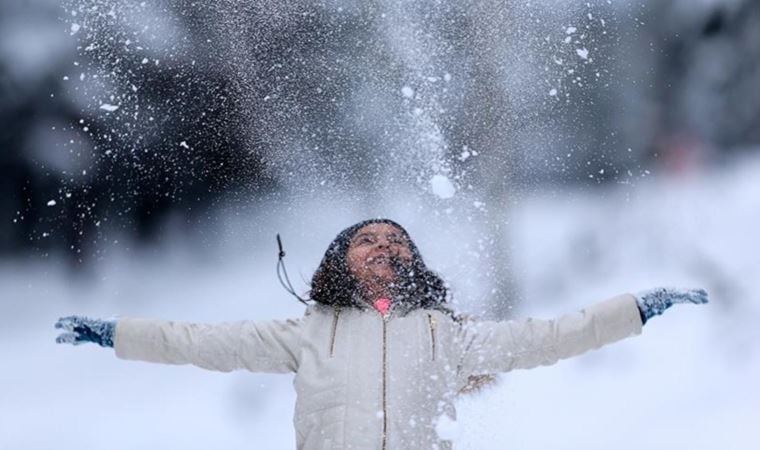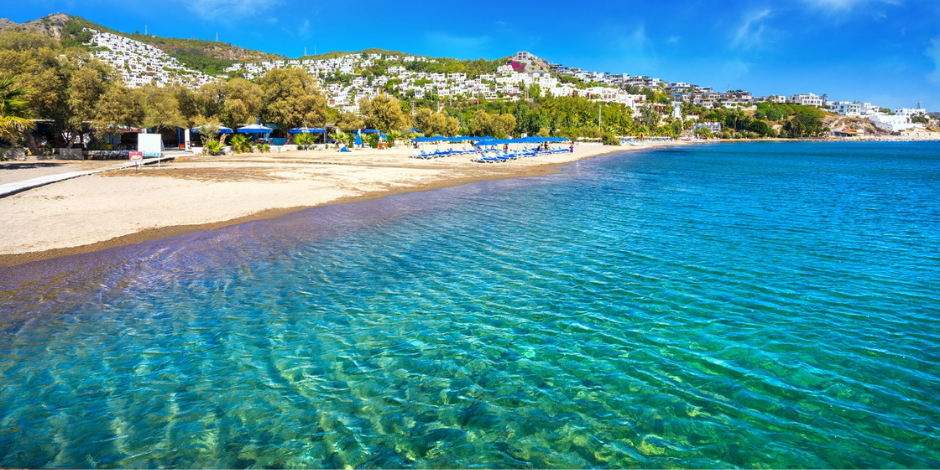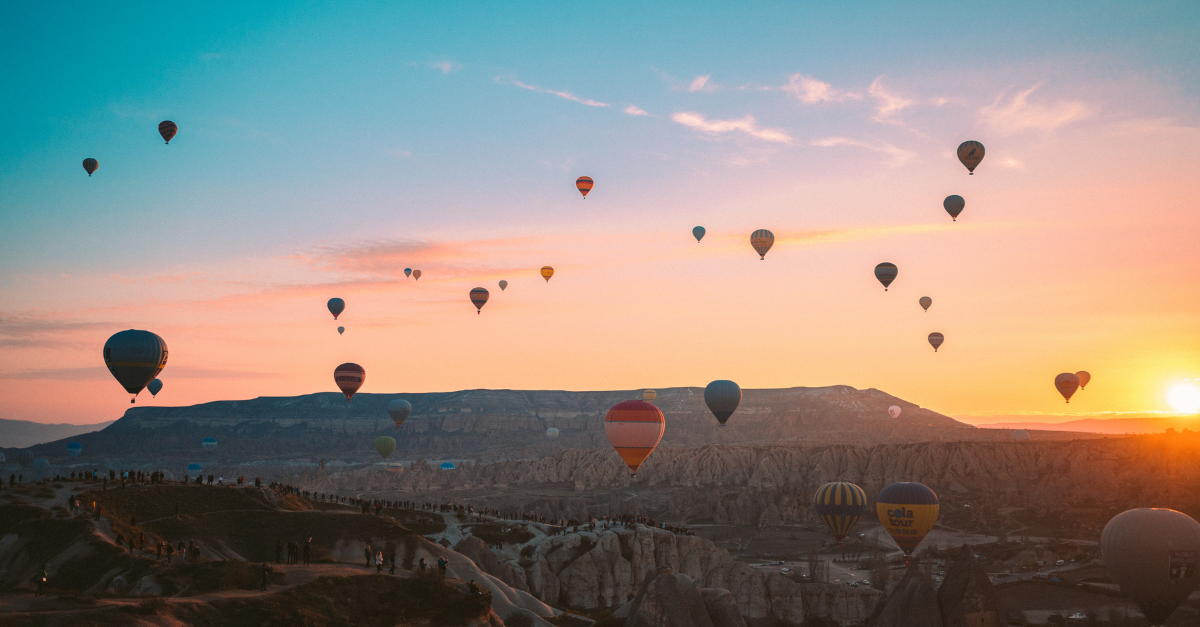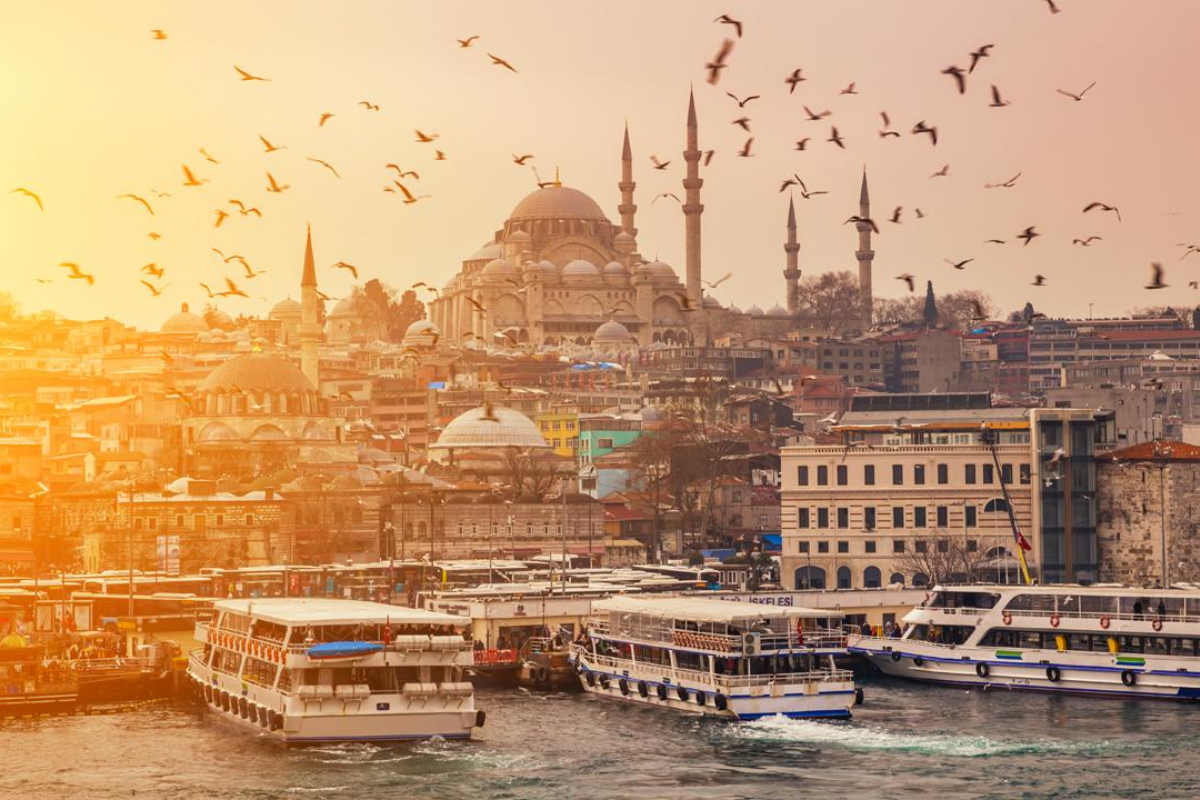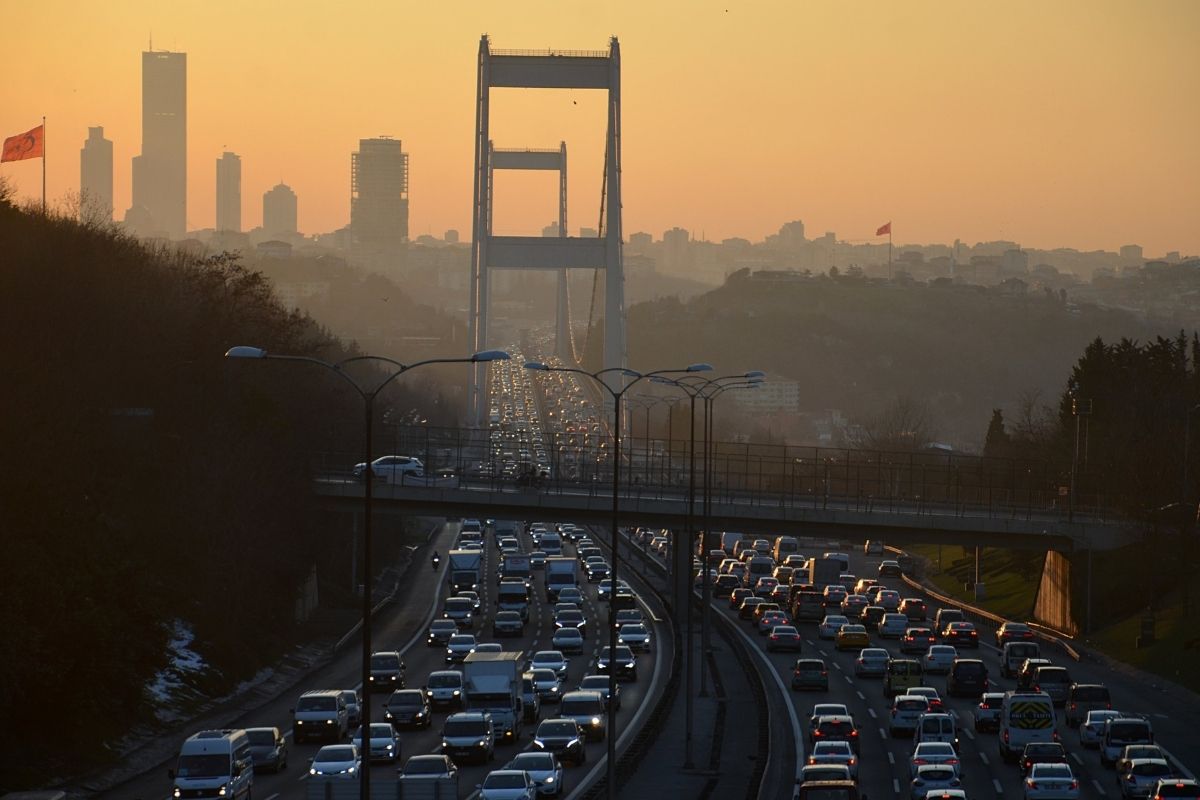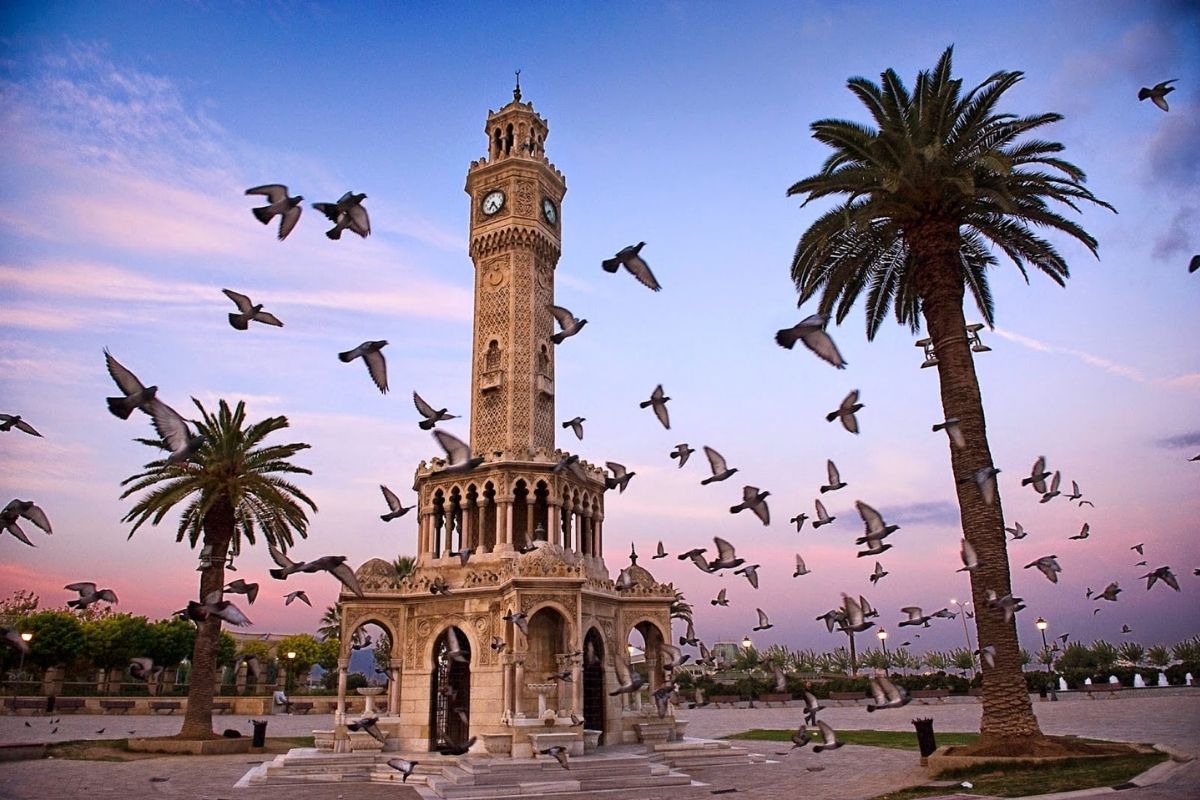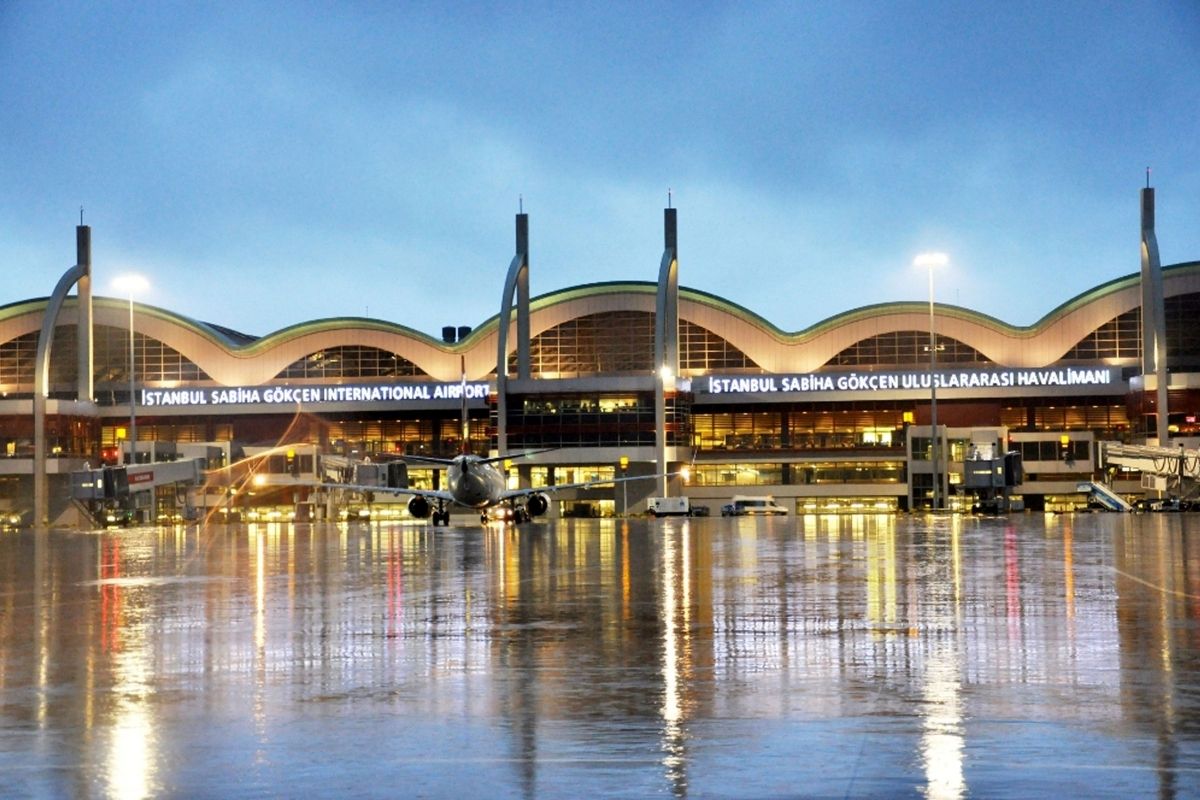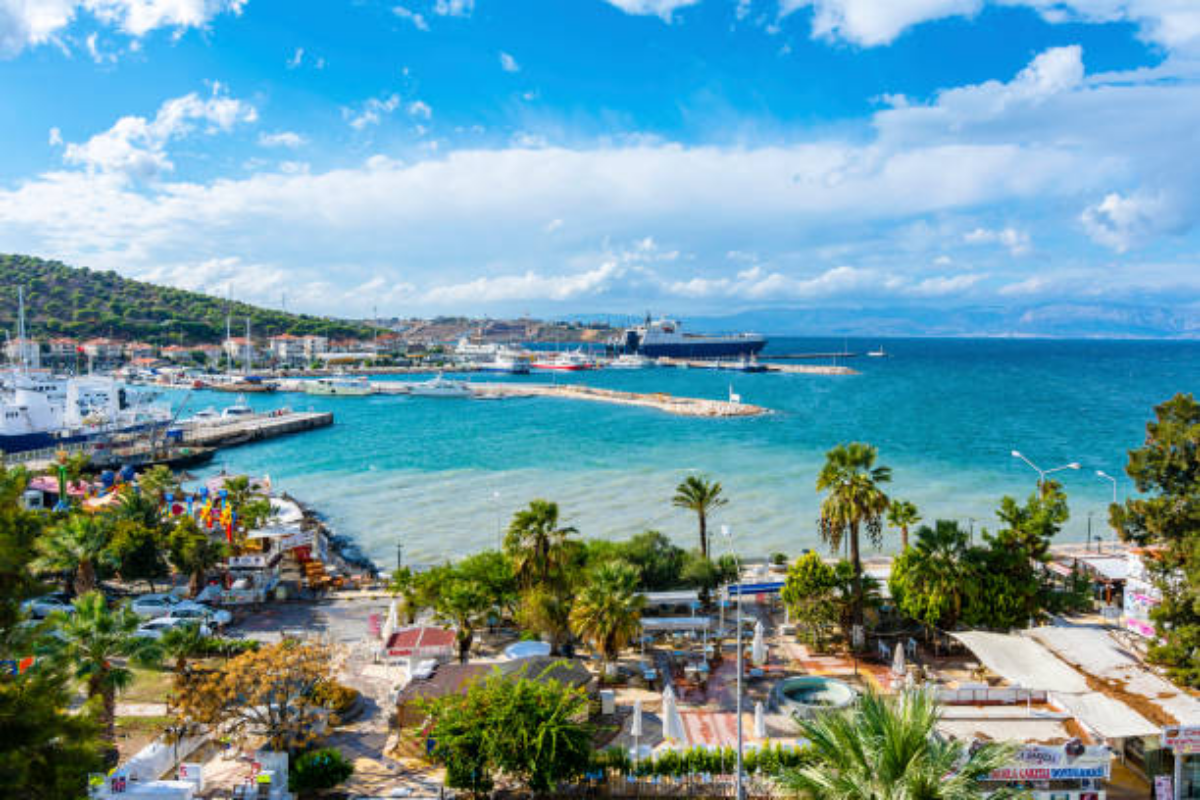Iceland’s Winter Paradises: Glaciers, Volcanoes, and Other Mysterious Locations
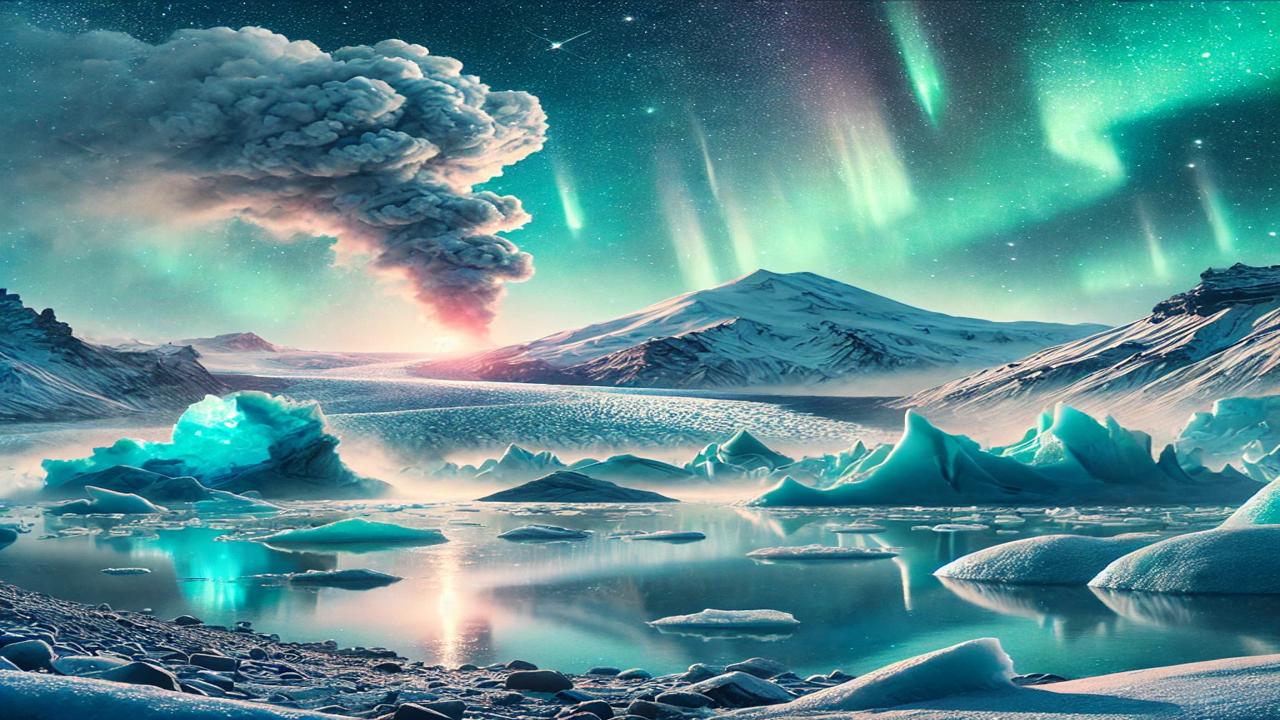
- Iceland’s Glaciers: The Shimmering Blue Lights of Winter
Iceland is famous for its breathtaking glaciers, and in winter, these glaciers form some of the most stunning natural formations on the island. Vatnajökull Glacier, the largest glacier in Europe, mesmerizes visitors with its size and majestic scenery. Winter hikes around the glaciers and the chance to explore ice caves provide an unforgettable experience for adventure-seeking tourists.
Jökulsárlón Glacier Lagoon, with its crystal-clear water and massive icebergs, transforms into a fairy-tale world during winter. Boat tours here allow you to immerse yourself in the magical glacier scenery. Moreover, Diamond Beach, where ice pieces glisten against the black sand, offers one of the most unique winter landscapes.
- Volcanic Landscapes: Discover Iceland’s Balance Between Fire and Ice
Iceland is famous for its active volcanoes and lava fields. A winter exploration of these volcanic areas will take you to another world. Hekla Volcano, one of the island's most famous and active volcanoes, presents an impressive sight with its snow-covered volcanic peaks.
Geysir Geothermal Area, famous for its hot springs that reveal the effects of volcanic activity, is another must-see spot. The Strokkur Geyser, which erupts every few minutes, showcases Iceland’s underground power. In the winter’s cold air, the steaming hot water creates an incredible visual display.
- Northern Lights: Nature’s Mesmerizing Light Show
Iceland is one of the best places in the world to witness the Northern Lights. Winter, with its dark nights, offers the perfect opportunity to see the Aurora Borealis. Watching the lights dance across the sky in Iceland's remote villages and areas is an unforgettable experience.
Thingvellir National Park, the area around Lake Myvatn, and outside Reykjavik are among the most popular places to view the Northern Lights. This spectacular light show is considered one of the most mesmerizing natural phenomena in Iceland during the winter.
- Glacier Caves and Winter Hikes
One of the most fascinating places to explore during winter in Iceland is the glacier caves. Vatnajökull Glacier Cave, one of the most impressive sites to visit during the winter, offers a stunning experience with its blue ice and illuminated surroundings. Hiking through these glacier caves offers nature lovers a unique adventure.
Skaftafell National Park offers a variety of winter hiking routes. Here, you can explore glacier views and enjoy nature up close during the winter season.
- Hot Springs: Seeking Warmth in the Cold
Among Iceland's most captivating features are its hot springs, where you can enjoy the warmth on cold winter days. Blue Lagoon, known for its warm waters and rich minerals, is a great option to relax on cold winter days. Swimming in the warm steam while taking in stunning views is an unforgettable experience.
Other hot springs like Myvatn Nature Baths and Secret Lagoon offer opportunities to enjoy Iceland's natural mineral baths and pamper both your skin and your soul.
- Tips for Visiting Iceland in Winter
- Clothing: The weather in Iceland can be quite variable in winter. It is recommended to wear warm, waterproof, and windproof clothing.
- Best Time for Northern Lights: Winter, especially between September and March, provides the best opportunities for viewing the Northern Lights.
- Road Conditions: Some roads can be covered with snow and ice during winter, so safe driving and appropriate vehicles are essential.
- Tour Guides: For visiting dangerous areas like glacier caves and volcanic sites, it is important to go with a professional guide for safety.

